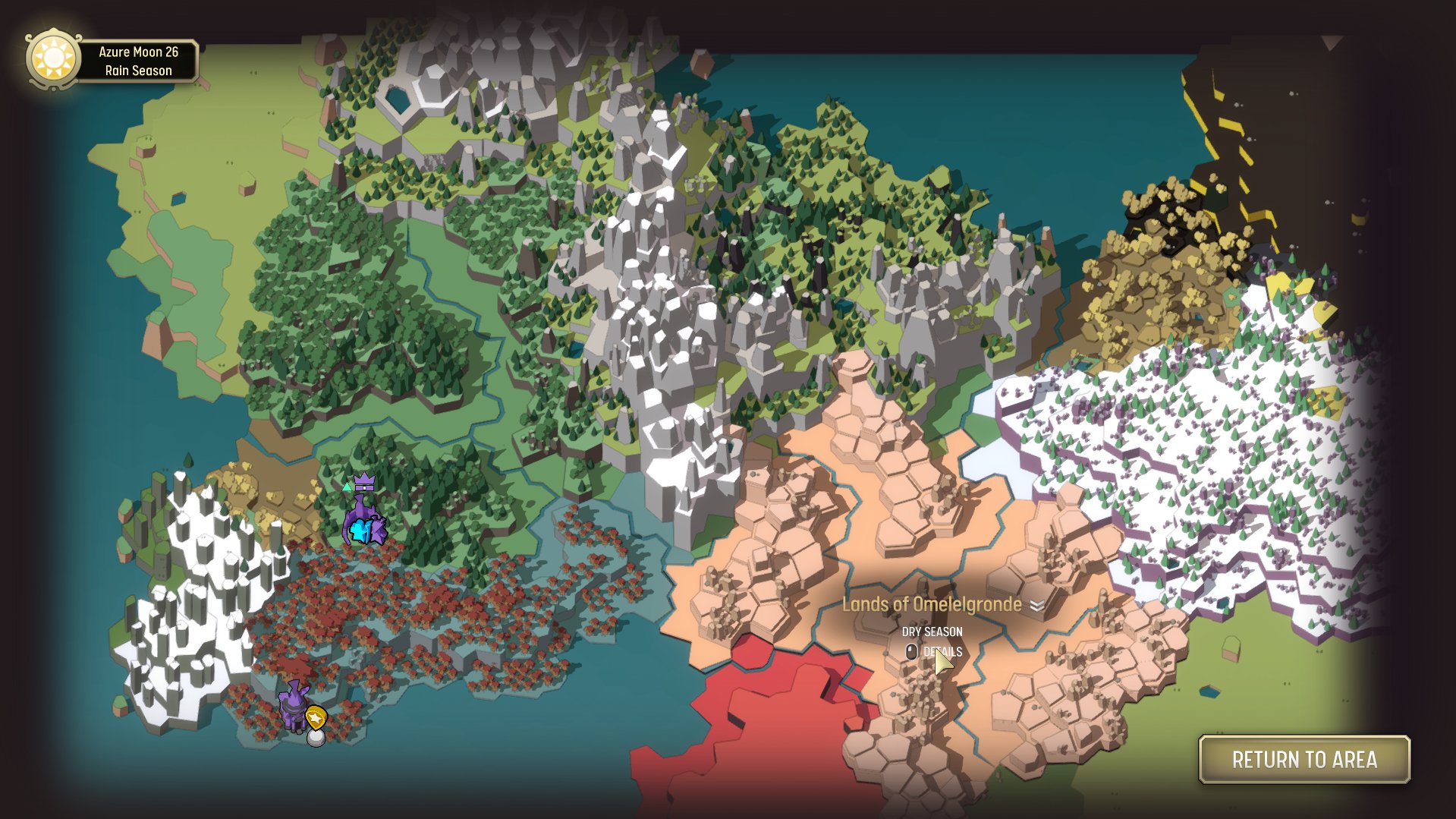
Hello dear reader, welcome to this blog!
My goal is to highlight amazing stuff found in games, movies and other media, and talk about how those gems might be valuable in a wider context.
Let’s jump in right away with a quote:
“Begin at the beginning”, the King said, very gravely, “and go on till you come to the end: then stop.“
Lewis Carroll, Alice in Wonderland
The King’s advice sounds sensible: if we want to know what’s going on, we’ll need the whole picture, from A to Z.
Many aspiring designers take a similar approach, and start at the beginning, or sometimes even in the middle. They have a rough idea for something new and interesting, and from there, keep on adding stuff. Until… they kind of lose what the original idea was about. Often, they have no clue where they are going either, and the project is soon abandoned. Tossed aside on the ever-growing pile of wasted inspiration.
When coming up with new ideas, such as for games or books, it’s great to just start somewhere and see where we end up. Unlimited creativity can be powerful and rewarding!
However, when working towards an actual, solid concept, I believe it often makes sense to begin at the beginning and the end.

Defining the end early on sets a clear flagpole into the ground, a beacon to work towards. In stories, the end puts the journey leading up to it in perspective. It greatly influences the final impact the experience has on the player. What experience is that exactly? Do we leave the player satisfied? Empowered? Sad? As creatives, we can and should design this experience from the get-go, not leave it to chance.
Next, the beginning should be as far from the end as possible (but no further). It establishes the world, the characters, the status quo, and then sets the player on their journey towards their goal. Because of the contrast between start and stop, the hero must grow physically, mentally and / or emotionally over the course of the story, and with them, so will the player.
As for the middle part, some would claim this is where the real game is at. Where the rubber hits the road and the gameplay comes to life. Simply put: where the fun is.

This is true! However, I believe the middle part should flow naturally from the direction and constrains the beginning and the end offer together. With a clear vision to guide us, expanding the middle part will be easier. It will also be more manageable: just keep adding stuff at the center until it feels right. Or until money runs out. At least our bookends will already be in place, safeguarding the game’s structure, and our production schedule.

This method of adding more and more stuff in the middle is used very successfully in random level generation using replacement grammar. Even incredibly large and rich worlds such as in Unexplored 2 start from humble beginnings.

Let’s challenge ourselves to ask the important questions from the get-go! What are we trying to tell with our game? How will the experience impact the player? What will make the whole production worthwhile? Solid answers will improve the process as well as the result.
If you haven’t tried this approach before, on your next project give it a go: begin at the beginning and the end!
